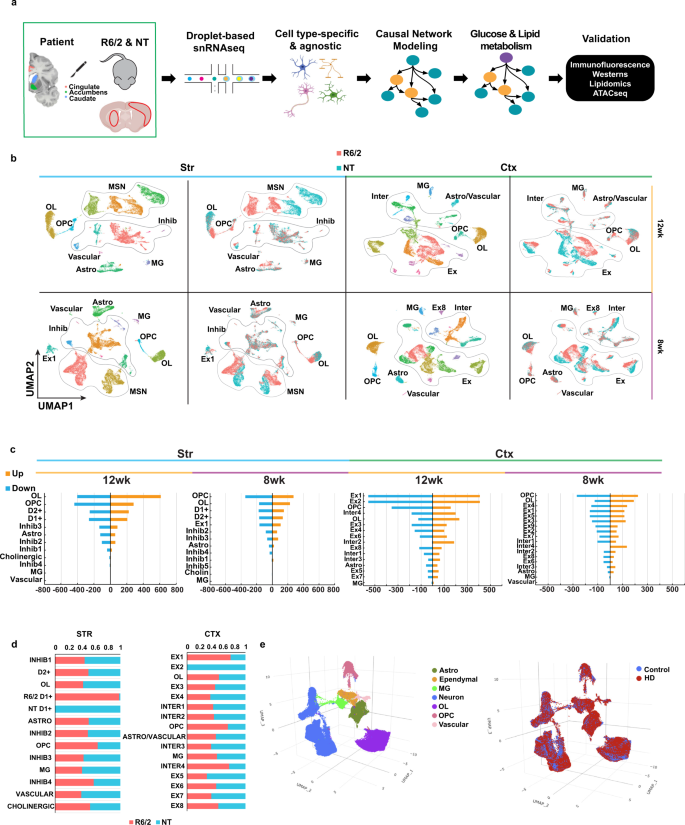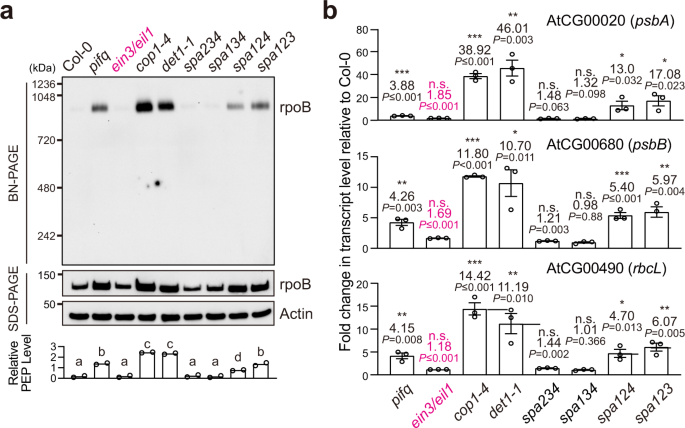チアミンとビオチンの大量投与により、正常なプロセスが回復することを示す知見 Findings show high-dose thiamine and biotin treatments can restore normal processes
2022-12-21 カリフォルニア大学校アーバイン校(UCI)
OL細胞は、ミエリンと呼ばれる神経細胞の周りの絶縁被覆を生成する。Nature Communications誌オンライン版に掲載されたこの研究は、細胞の代謝を制御する遺伝子のこれらの変化がOL細胞の発達を損なう仕組みの全過程について、また、チアミンとビオチンの大量投与によるHD治療の治療価値について、詳細な洞察を与えている。チアミンとビオチンは共にビタミンB群であり、神経系を健康に保つための幅広い代謝プロセスに関与しています。
研究者らは、高度なモデリング手法を用いて、マウスおよびヒトのHD脳組織において、OL細胞およびその前駆体の成熟状態が中間発生段階で停止し、神経細胞の健康と機能に不可欠なミエリンの産生が損なわれていることを確認した。研究グループは、高用量のチアミンとビオチンが、OL細胞の遺伝子発現変化の有意なレスキューにつながることを発見しました。
<関連情報>
- https://news.uci.edu/2022/12/21/uc-irvine-led-study-links-metabolism-changes-in-certain-brain-cells-to-huntingtons-disease/
- https://www.nature.com/articles/s41467-022-35388-x
ハンチントン病におけるオリゴデンドロサイトの成熟障害は、一核RNAseqによって明らかになったが、チアミン-ビオチン補給によって回復する。 Huntington disease oligodendrocyte maturation deficits revealed by single-nucleus RNAseq are rescued by thiamine-biotin supplementation
Ryan G. Lim,Osama Al-Dalahmah,Jie Wu,Maxwell P. Gold,Jack C. Reidling,Guomei Tang,Miriam Adam,David K. Dansu,Hye-Jin Park,Patrizia Casaccia,Ricardo Miramontes,Andrea M. Reyes-Ortiz,Alice Lau,Richard A. Hickman,Fatima Khan,Fahad Paryani,Alice Tang,Kenneth Ofori,Emily Miyoshi,Neethu Michael,Nicolette McClure,Xena E. Flowers,Jean Paul Vonsattel,Shawn Davidson,Vilas Menon,Vivek Swarup,Ernest Fraenkel,James E. Goldman & Leslie M. Thompson
Nature Communications Published:21 December 2022
DOI:https://doi.org/10.1038/s41467-022-35388-x

Abstract
The complexity of affected brain regions and cell types is a challenge for Huntington’s disease (HD) treatment. Here we use single nucleus RNA sequencing to investigate molecular pathology in the cortex and striatum from R6/2 mice and human HD post-mortem tissue. We identify cell type-specific and -agnostic signatures suggesting oligodendrocytes (OLs) and oligodendrocyte precursors (OPCs) are arrested in intermediate maturation states. OL-lineage regulators OLIG1 and OLIG2 are negatively correlated with CAG length in human OPCs, and ATACseq analysis of HD mouse NeuN-negative cells shows decreased accessibility regulated by OL maturation genes. The data implicates glucose and lipid metabolism in abnormal cell maturation and identify PRKCE and Thiamine Pyrophosphokinase 1 (TPK1) as central genes. Thiamine/biotin treatment of R6/1 HD mice to compensate for TPK1 dysregulation restores OL maturation and rescues neuronal pathology. Our insights into HD OL pathology spans multiple brain regions and link OL maturation deficits to abnormal thiamine metabolism.


